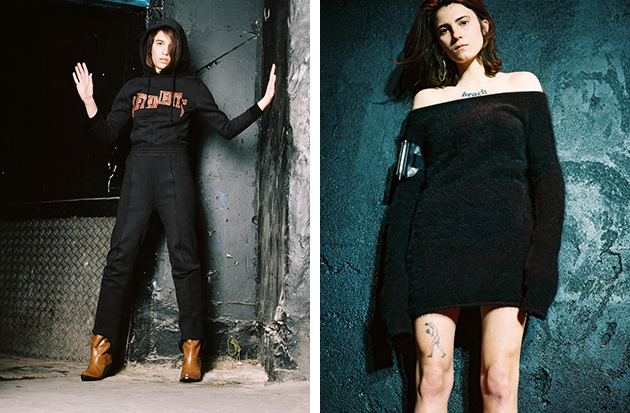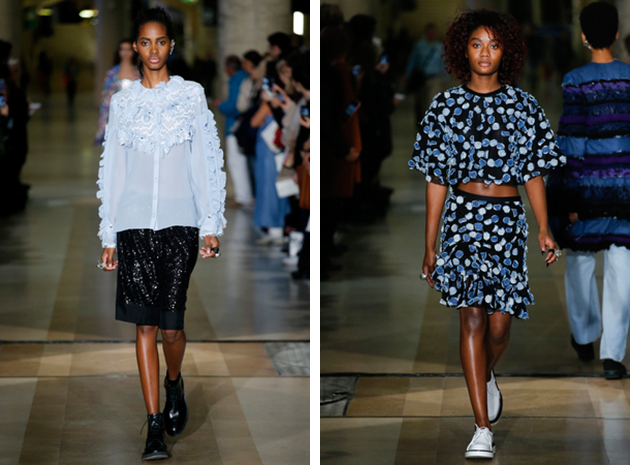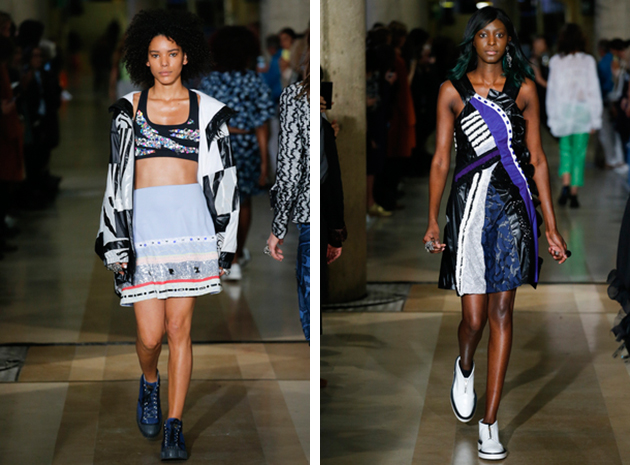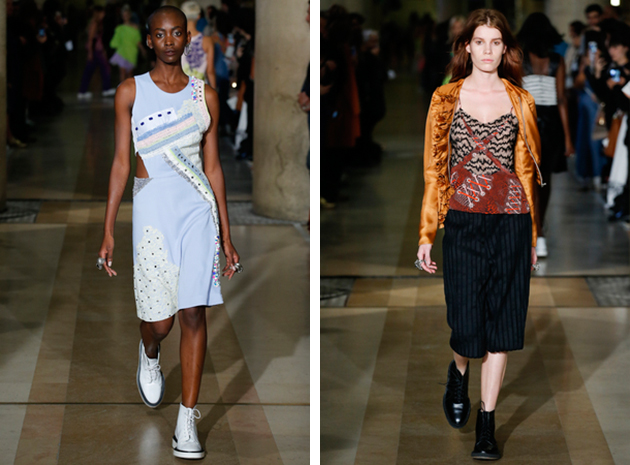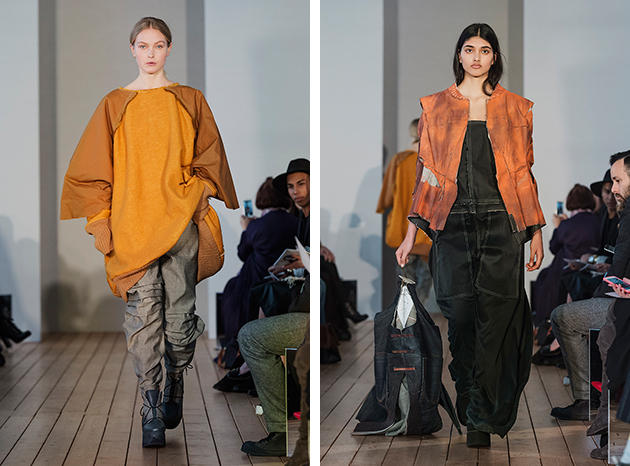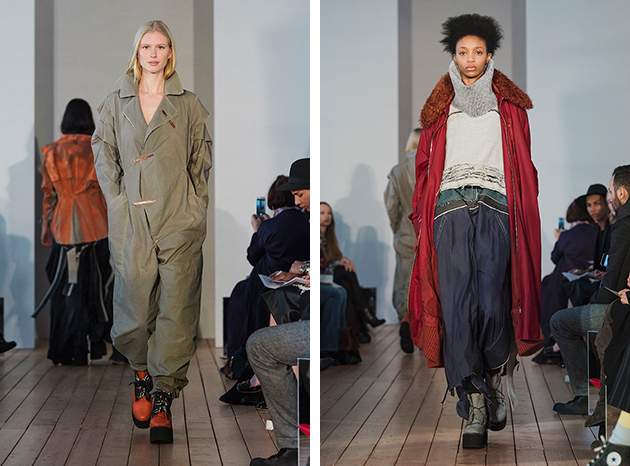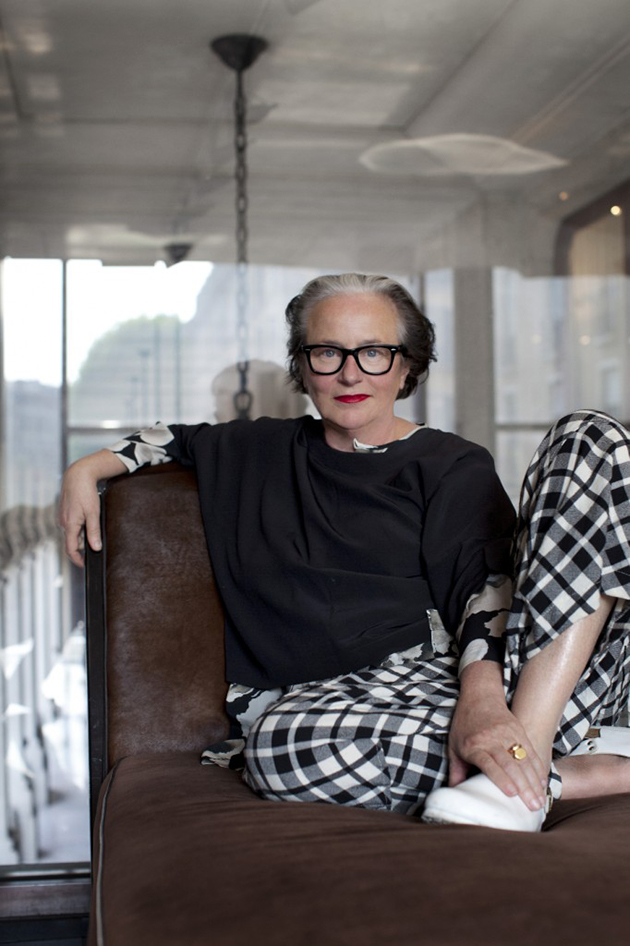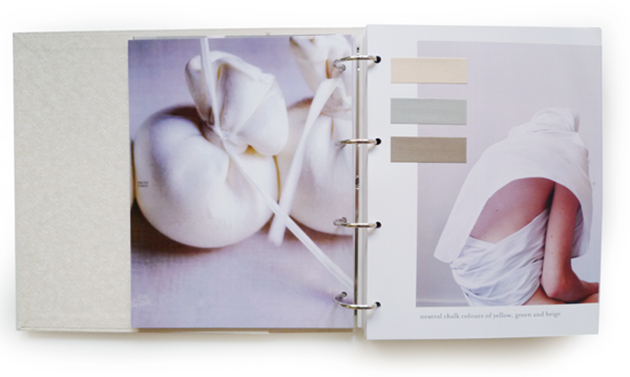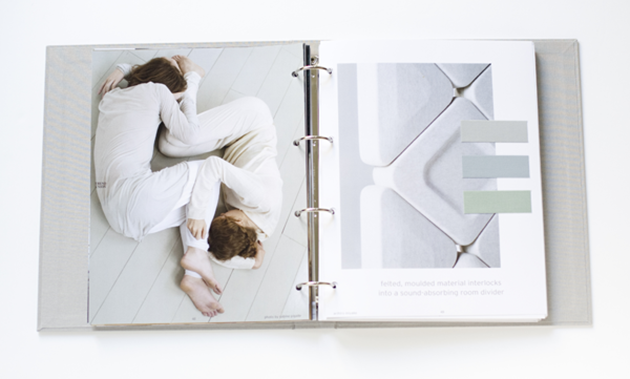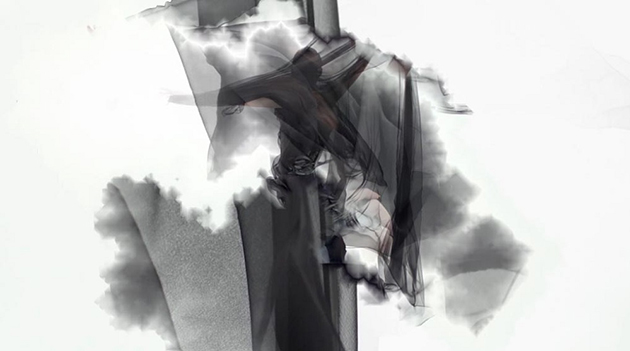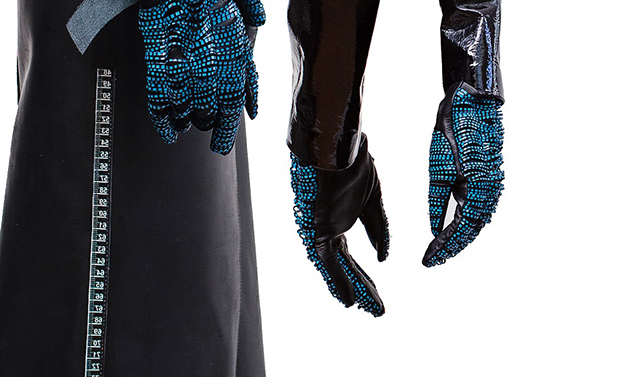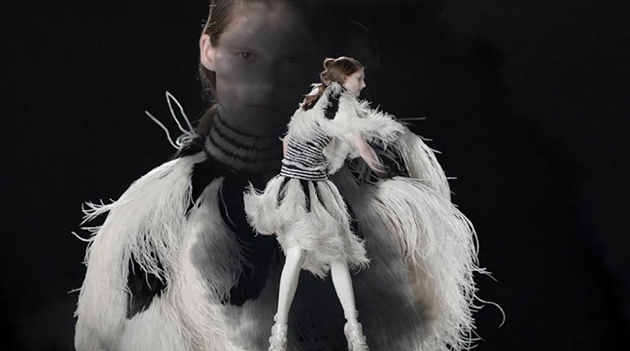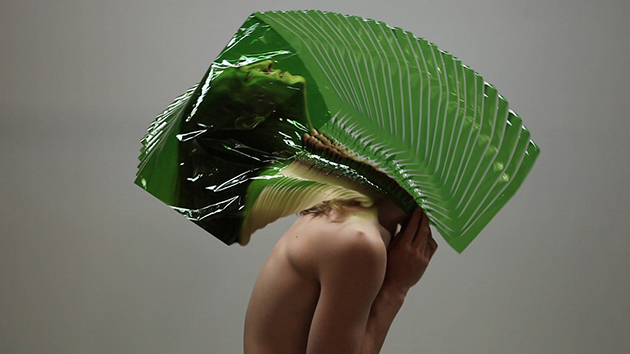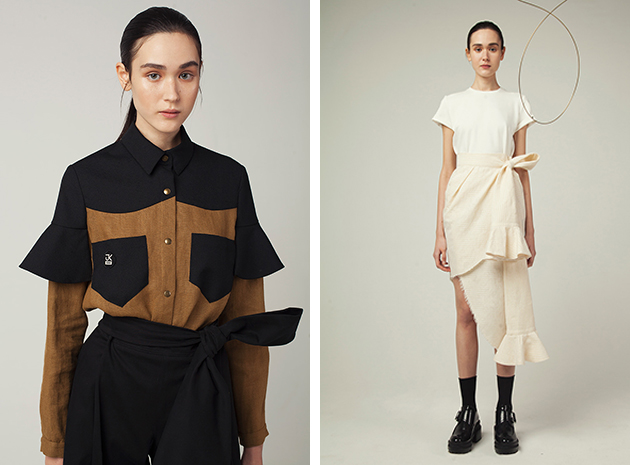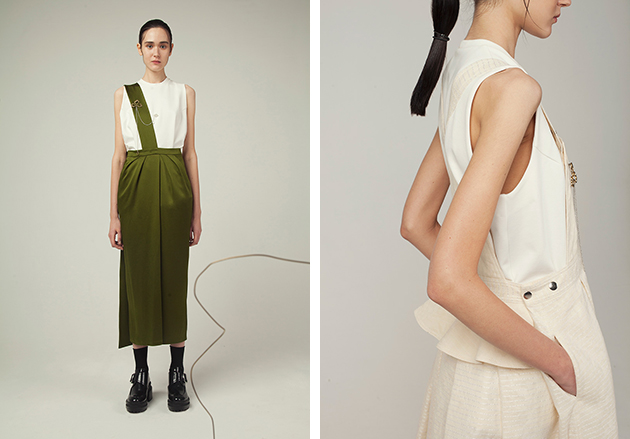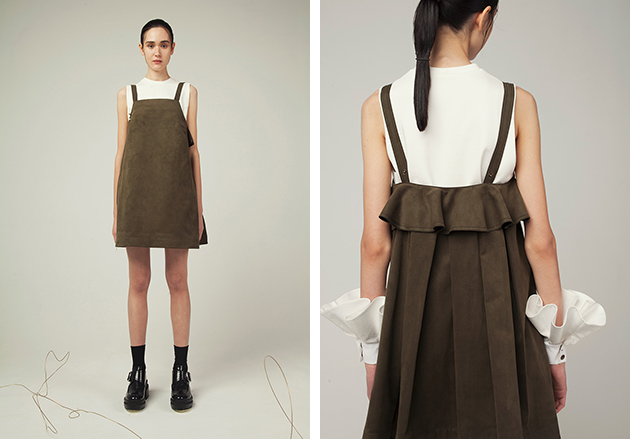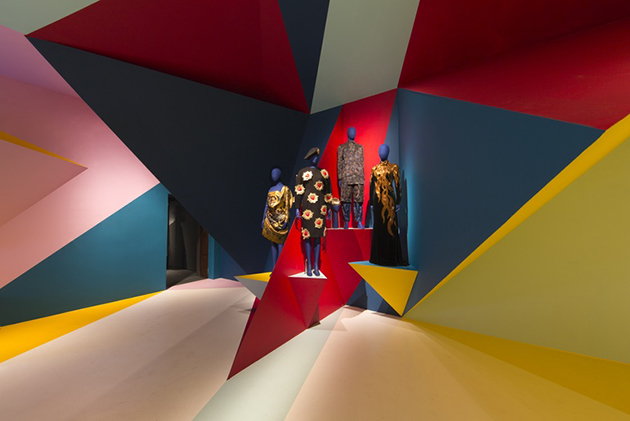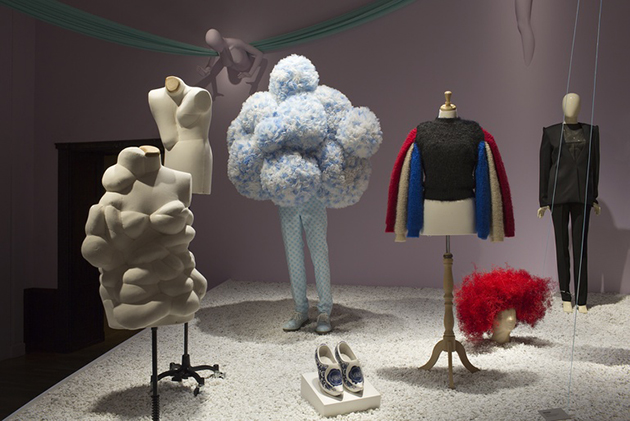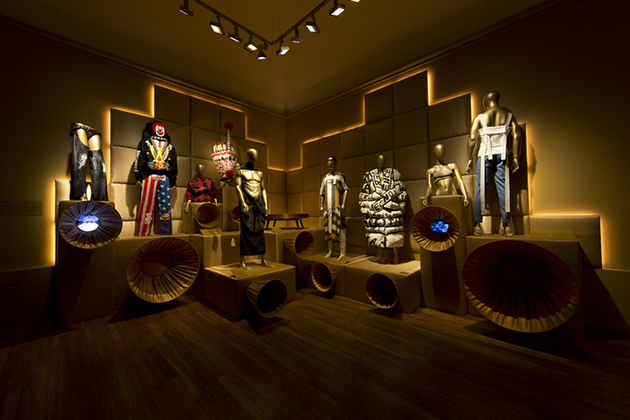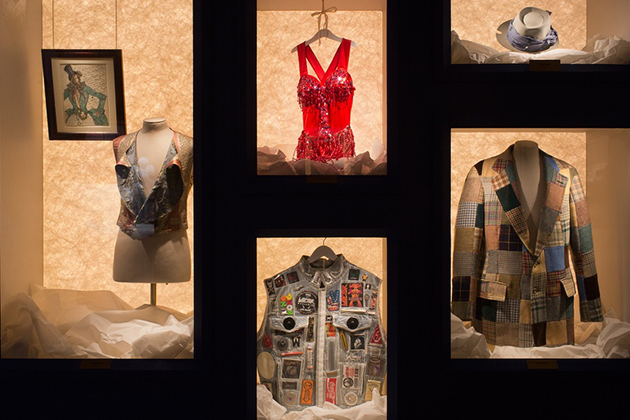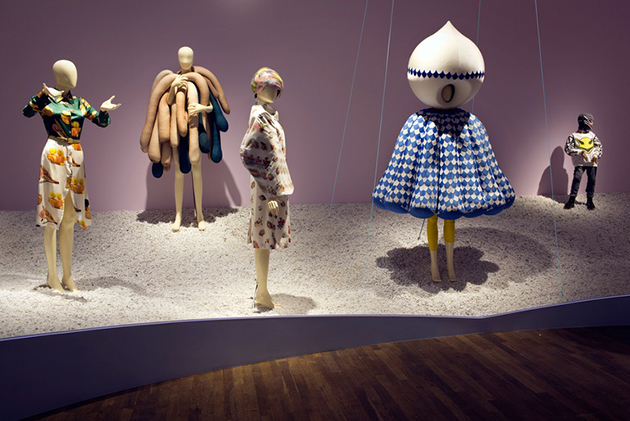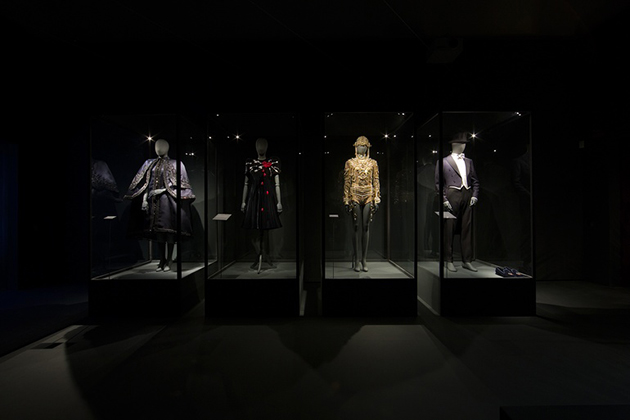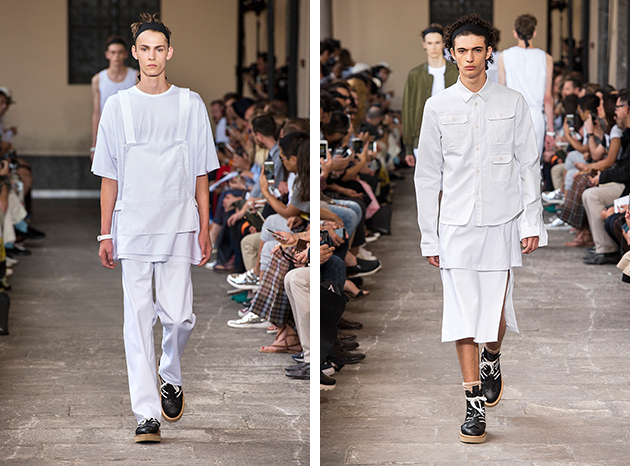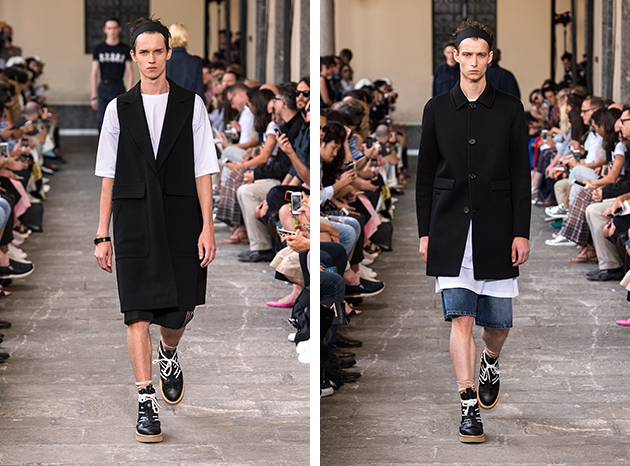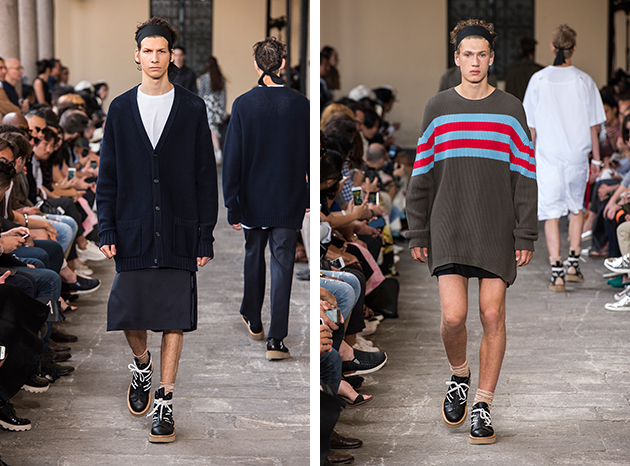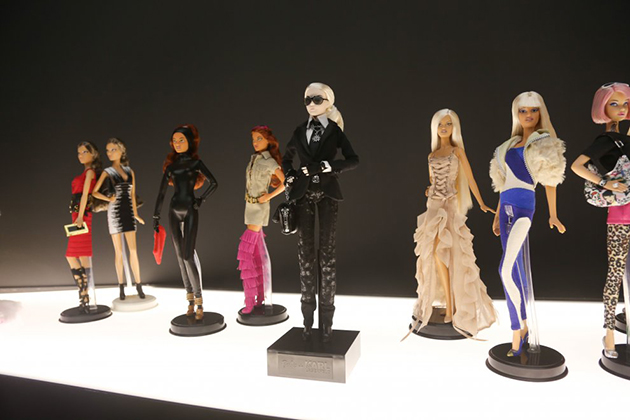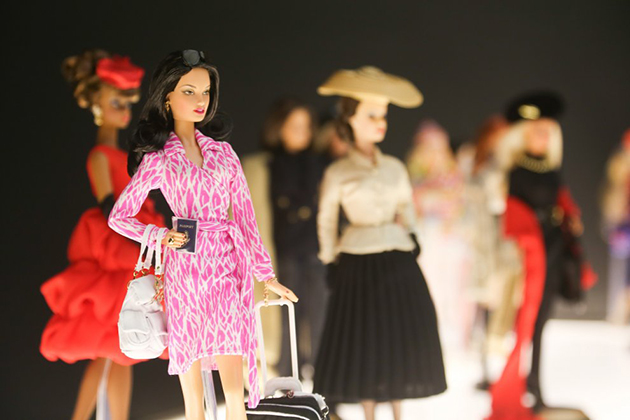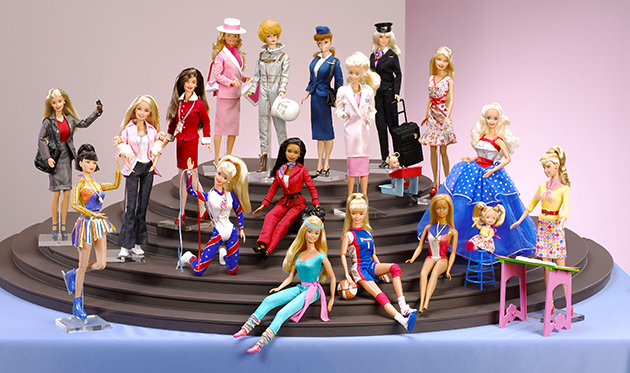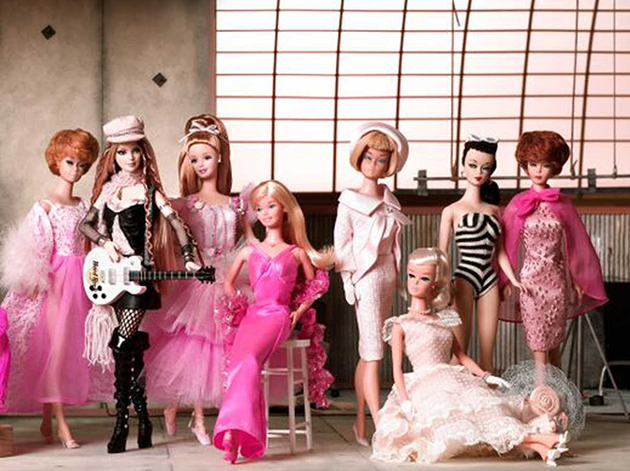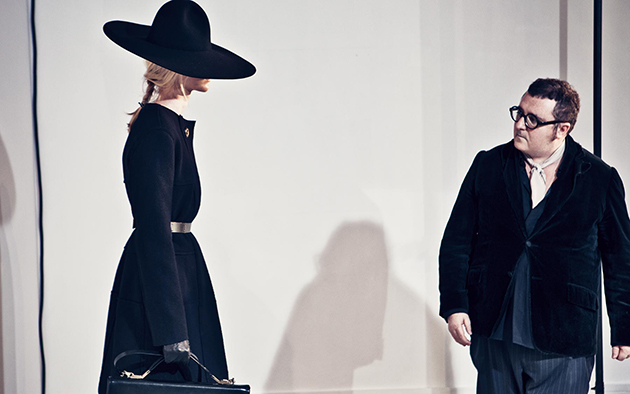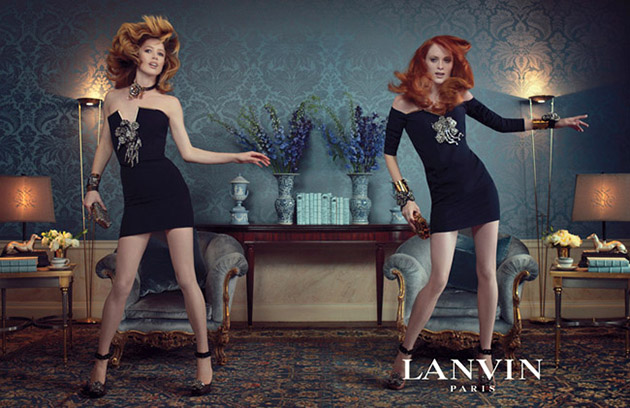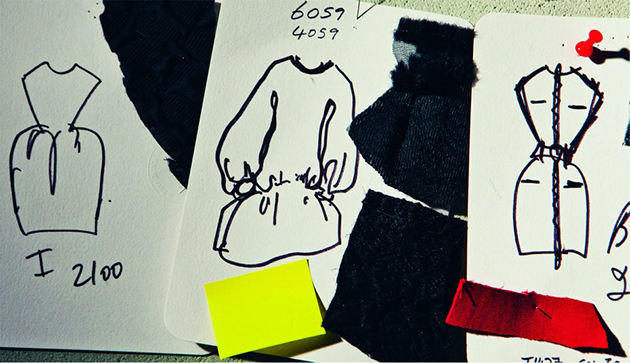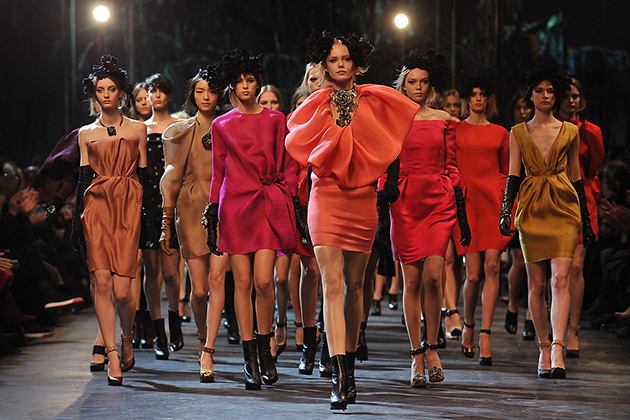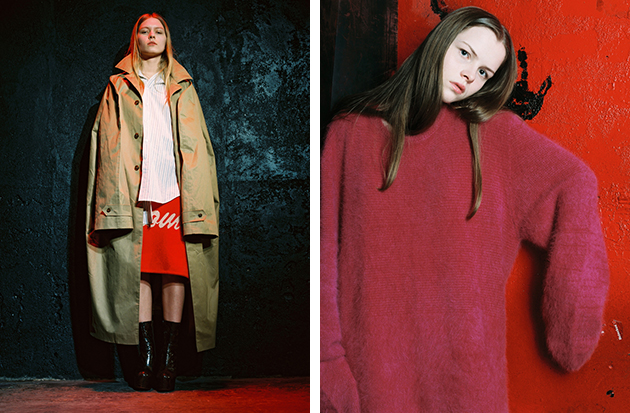
It is no news that Vetements, the French brand that was founded two years ago, has since become one of France’s most talked about labels. The brand’s story starts with an aim of shifting focus from PR and brand building, that nowadays are a huge part of every fashion brand, back to the key element of fashion – the clothes. With an extended group of eight members behind the brand, the creative team was for a long time anonymous, probably because of the same reason for which they chose to name the brand Vetements. They simply want to focus on pieces they create and nothing else, and have, therefore, been portrayed as modern fashion rebels. When the names of the design team finally became public, and it became known that all of them had backgrounds at Parisian fashion houses, the Georgian chief designer Demna Gvasalia reveled their goal of questioning the fashion industry and the way the system works.
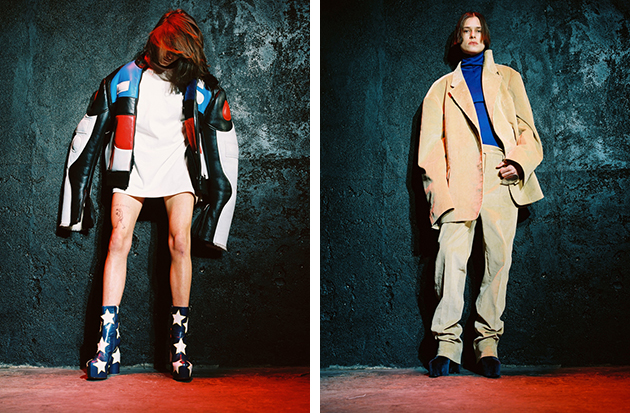
However, since Gvasalia has since been appinted as the new artistic director of Balenciaga, this poses questions both about the integrity of the brand’s designers as well as about the future of Vetemants. Even though Gvasalia has reinsured us that his involvement in the brand is a lifetime commitment, his novel job hopefully also means that Gvasalia and his team will bring something new to the fashion table – and not only in terms of design aesthetics. Vetements’ work has been distinguished for oversize, conceptual and cool lines, similarities they share with Gvasalia’s former employer Martin Margiela. Vetements, however, breaths street wear, in the finest materials and with exquisite executions, of course.
